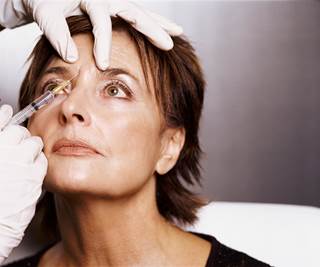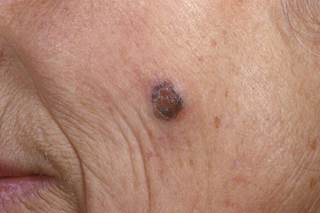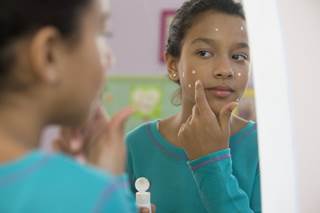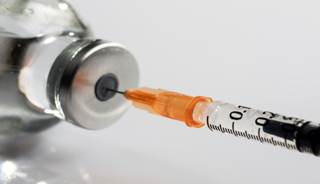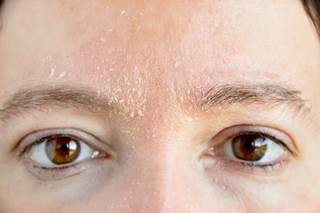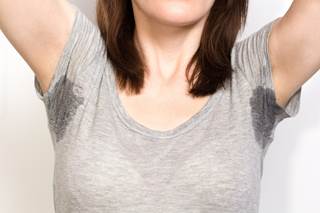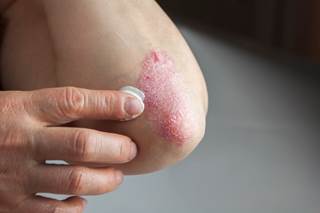February 27, 2019
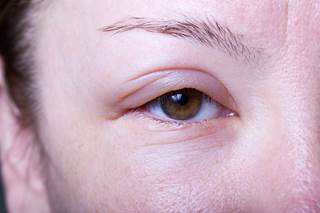
Only 1 patient who received lanadelumab 150 mg every 4 weeks reported a treatment-emergent adverse event.
SAN FRANCISCO — Patients with hereditary angioedema did not demonstrate higher cardiovascular risk when treated with lanadelumab compared with placebo, according to research presented at the American Academy of Allergy, Asthma & Immunology Annual Meeting 2019, held February 22-25, 2019, in San Francisco, California.
Researchers sought to examine the effect of lanadelumab in reducing active plasma kallikrein, an important enzyme in regulating blood pressure, in patients with type I or type II hereditary angioedema in an analysis of the phase 3 HELP study (ClinicalTrials.gov Identifier: NCT02586805)
The study sample included 125 patients with hereditary angioedema who were ≥12 years old and who had reported ≥1 hereditary angioedema attacks during a 4-week run-in period. During the course of 26 weeks, the participants received either lanadelumab (n=84) 300 mg every 2 weeks, 300 mg every 4 weeks, or 150 mg every 4 weeks, or placebo (n=41). The patients were not permitted to use angiotensin-converting enzyme inhibitors during the study.
Of the patients who received lanadelumab doses, 78 (92.8%) completed the study, and 35 (85.4%) patients who received placebo completed the study. Twelve (14.3%) patients in the lanadelumab groups had a history of hypertension at baseline vs 6 (14.6%) patients in the placebo group had a history of hypertension. Over 26 weeks, blood pressure remained stable in the lanadelumab group; however, diastolic blood pressure slightly decreased in the placebo group compared with the lanadelumab groups (–3.17 mm Hg vs 1.34 mm Hg; P =.002). Neither group reported increased use of anti-hypertensive medications nor did the investigators observe any significant electrocardiographic abnormalities. Only 1 patient who received lanadelumab 150mg every 4 weeks reported a treatment-emergent adverse event in which the patient’s blood pressure increased to 124/91 mm Hg.
The investigators suggested that lanadelumab used to treat patients with hereditary angioedema was not associated with an increased risk of hypertension or electrocardiographic abnormalities.
Reference
Sexton DJ, Brown NJ, Lumry WR, et al. Lanadelumab and cardiovascular risk: findings from the phase 3 HELP Study. Presented at: American Academy of Allergy, Asthma & Immunology Annual Meeting 2019; February 22-25, 2019; San Francisco, CA. Abstract 136.
